Text
Queen of Love and Beauty
Round One: Tie Break (2 of 2)
Princess Lili, Legend (1985)
VS.
Jeanne d'Arc, The Passion of Joan of Arc {La Passion de Jeanne d’Arc} (1928)


#queen of love and beauty#queen of the tournament#princess lili#jeanne d'arc#joan of arc#mia sara#renee falconetti
27 notes
·
View notes
Text
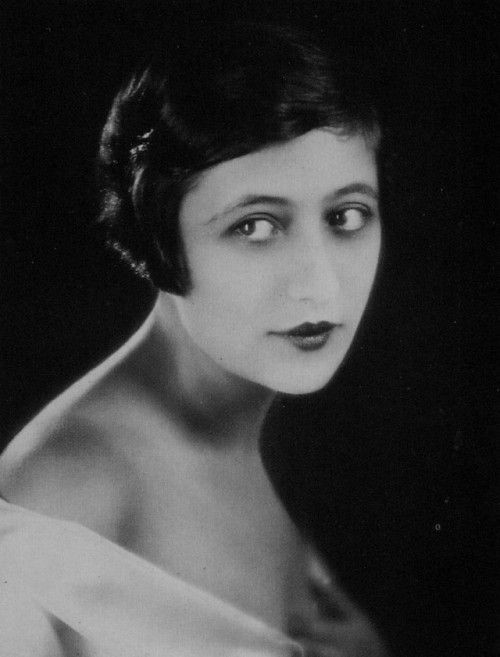
Lady of The Day 🌹 Renée Falconetti ❤️
#silent film#silent era#silent actress#renee falconetti#silent cinema#1920s cinema#silent film actresses#vintage beauty
32 notes
·
View notes
Text

The Passion of Joan of Arc - 1928 - Dir. Carl Theodor Dreyer
#movie#t shirt#black#the passion of joan of arc#the passion of joan of arc 1928#the cinegogue#joan of arc#joan of ark#Carl Theodor Dreyer#Renee Falconetti#french film#1920s cinema
6 notes
·
View notes
Text


#chappell roan#renee falconetti#the passion of joan of arc#the passion of joan of arc 1928#carl theodor dreyer#la passion de jeanne d'arc#renée falconetti#good luck babe#mtv vmas#my edits#joan of arc
2 notes
·
View notes
Text
CC's New Watch Ranking 2022: #7 - The Passion of Joan of Arc (and Immortality)



1928, dir. Carl Theodor Dreyer
Every year on Letterboxd, I make a list of the 100 best films I’ve seen for the first time. It’s a fun way to compare movies separated in time, genre, and country of origin, and helps me keep track of what I’m watching! This is a series of posts about my Top 10.
Insightful writers have been commenting on this film for nearly a century. I don’t expect to add anything very meaningful to that discourse, but I would like to use this film as a launching point for discussing the best game I played this year, one that I started the day after watching this masterpiece - Immortality. Perhaps it’s the adjacency with which I engaged in these two pieces, but they seemed to be intentionally, brilliantly in dialogue with one another. Immortality is a game about legacy, sacrifice, and the dangers of making art. The Passion of Joan of Arc is a living example of those lessons.
First, the film - Passion is a psychological study of the last days of Joan of Arc’s life. It takes its sparse dialogue from the real transcripts of the martyr’s trial. The dominant image is extreme close ups on Joan, played by Renée Jeanne Falconetti, as she stares and responds to the priests who are persecuting her. Cutaways to them is almost always from Joan’s point of view - the camera is her gaze, transforming this from a history film into a character study. Joan’s despair, her strength, her disbelief in the injustice she’s facing, the cycles of emotion as she approaches her end - they emanate from Falconetti with the force of gales. This is one of cinema’s great performances.
The palpable discomfort, the central element of its atmosphere, is reinforced through every other production aspect. The sets are claustrophobic, the priests act grotesque, every element seems to linger in suffering. There are popular rumors that Dreyer was a tyrant on set and evokes Falconetti’s performance with heavy handed cruelty, but most sources I’ve found seem to show that she and other crew members denied such behavior ever happened. What is sure is that Falconetti struggled with internal suffering for most of her life. After filming was done, she did not act on film again. She died in tragic circumstances. Falconetti’s masterful performance is born out of some connection with the immense suffering Joan, the historical figure and this telling’s character, experienced throughout her own tumultuous life. Everything about this film, from its literal contents to the context of its production, provokes the viewer into a meditation on suffering. It provokes thorny questions, and after a century of doing so, it’s safe to say it will continue to prod audiences for as long as we’re around. This movie has a kind of eternal power, a lasting quality that keeps it relevant.
It has a kind of immortality.
Immortality is a game by Sam Barlow, creator of Her Story, that has the player explore a fictional archive of films. All three were never released, sharing a lead actress named Marissa Marcel (player by Manon Gage). By clicking through objects and people in the clips, you can match-cut to a similar image in another clip, and go through the game spinning through footage, trying to learn the plot of the films, as well as the behind-the-scenes footage that shows Marissa’s life. (Spoilers ahead.) Eventually, the player will discover that by reeling the footage backwards, and feeling out a certain sweet-spot through controller vibrations and a sound effect, you can access secret footage. Marissa is possessed by a supernatural figure called The One, played by Charlotta Mohlin, a sort of demonic spirit that feeds off and influences humanity. They - and I’ll refer to them as a them, as they seem to the sort of species that transcends a gender binary - address you directly, telling the story of how they first became Marissa, their life, and what they were trying to achieve in becoming mortal. You learn about their tragic end at the hands of The Other One, another spirit that is inextricably paired to them.
This many layered narrative revolves around themes of suffering, manipulation, and sacrifice in the pursuit of fulfillment. The content of the three fictional films have plots with similar themes. Behind the scenes, Marissa retires from acting after accidentally killing her co-star in her second film - an act orchestrated by the possessing One to murder The Other One who is in the co-stars body. Maris emerges from retirement decades later, only to be murdered in turn by The Other One who has possessed yet another actor. It is the fulfillment of their eons-long struggle for control and independence. You learn their story through black-and-white shots, mostly closeups of The One’s face. They address the viewer directly, occasionally cutting away to them literally possessing the actors in a scene, inserting themself in the action. A strong sense of fear, of discomfort, emerges as you search for The One’s footage, as they break the cinematic language of the rest of the game. They pop up like a jump scare - the intensity of their gaze, the cruelty and desperation, is on full display. Every element, from the music, to the controls, to the performances throughout the films, provokes thorny questions about the act on creation.
And The One meets their end by being burnt alive.
It surprises me, given these parallels, not to see this particular version of the Joan of Arc story on Half Mermaid’s own Letterboxd list of films that inspired the game. The 1957 version, directed by Otto Preminger, is listed instead. Though I strongly suspect this inspired certain moments in the game, what matters is that the elements that make Passion so powerful are the same that make Immortality one of the best games I’ve ever played. Barlow understands the power of faces. His other game, Her Story, is entirely comprised of close-ups of a single actress, as you see her character’s responses to questions asked off-screen. In Immortality, the One’s appearances are shot with even more focus on Charlotta Mohlin’s powerful gaze. She has an otherworldly air, and the stark black-and-white photography stands in sharp contrast to the rest of the colorful footage. In Passion, Joan tends to be shot with a softer lighting scheme compared to establishing shots of her prison and the priests she’s interacting with. They are sharp, harsh, and alienating.
The contrast between these shots, in both works, creates a sense of reality for their central figure. The One feels like a real entity that has possessed your screen, a creepypasta legend come to life. She can be shot in full definition, compared to the grainer footage of the three films that emulate moviemaking of their decade. She can enter the frame in ways no one else depicted can. Joan’s presence is likewise ethereal, and the realness of her portrayal of pain makes her come to life like no other figure in cinema. She really seems to leap through the screen, boring into your soul.
Passion’s exploration of suffering ultimately leads to - unsurprisingly - a rather Christian message of martyrdom. Through Joan’s sacrifice the peasantry revolt, inspired and moved by the suffering she volunteers for. She is depicted as a Christ figure. The One, by contrast, claims to be responsible for that particular myth. Their demise, their suffering, appears to be more self-serving. The One wishes to be immortalized, to be loved forever, to always exist through being viewed, being understood. That’s what you give them by playing the game. Their death serves their mission, much like Joan’s sacrifice makes her a martyr and completes her cause.
The greatest works of art embody their subject matter on every level. The controls reinforce the story; the images reflect the theme. This is the quality I’ve grown to appreciate the most as I contemplate the works of art that have moved me this year. Right now we seem to be subsumed in media that feels disposable, stuff that is meant to occupy our time without offending our sensibilities too much. Everything is algorithmically calculated to provide just enough. If it wants discussion, it’s only provoking discourse for advertising purposes. Engaging with works of art that really seem to be hammering at some essential, something shared between people, is what’s keeping me going. I think works like these can inspire people to demand more of their media, to be open to receiving challenging ideas. To be satisfied with a series of question, rather than a prescribed list of answers. I came away from both these works filled with wonder and curiosity. The Passion of Joan of Arc has been inspiring interest for a century and forever. I can’t say for sure if Immortality has that potential… but I do wonder.
~~~~~~~~~~~~~~~~~~~
Thank you for reading! If you made it this far why don't you give me a follow on Letterboxd, where I post reviews and keep obsessive track of all the movies I watch. Feel free to drop a line if you checked this movie out and want to share your thoughts!
#movies#films#essay#games#the passion of joan of arc#Carl Theodor Dreyer#Renee Falconetti#Immortality#Half Mermaid#letterboxd#cc oc#movie list
1 note
·
View note
Text

13 notes
·
View notes
Text
On March 15, 2011, The Passion of Joan of Arc was released on DVD in Spain.
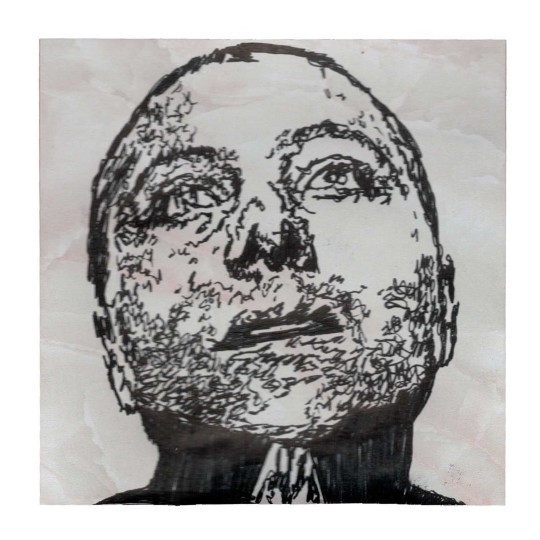
#the passion of joan of arc#carl theodor dreyer#renee jeanne falconetti#historical film#historical drama#joan of arc#drama film#french film#rediscovered film#classic film#classic cinema#movie art#art#drawing#movie history
2 notes
·
View notes
Text
hi. watching the passion of joan of arc. beautiful movie, renee jeanne falconetti's performance is like lifechanging. but what the fuck is this supposed to be a drawing of

is. is it a fucking bird

#the passion of joan of arc#does anyone actually use that tag. like it came up but does anyone use it#fucking thing#eddie genius posting
24 notes
·
View notes
Text
genuinely considering bringing in a picture of Renee Jeanne Falconetti as Joan of Arc in to my next haircut
25 notes
·
View notes
Text
Renee Jeanne Falconetti never returned to film after her experience filming The Passion of Joan of Arc because of how targeted and unpleasant her treatment was by Carl Theodor Dreyer. A person can be an amazing actor and also suffering severe stress while making a movie.
3 notes
·
View notes
Text


why does she look like renee falconetti in the passion of joan of arc or some shit
6 notes
·
View notes
Note
Quite possibly nothing has shocked me more in this tournament so far than someone else also suggesting Renee Falconetti as Joan of Arc for the Queen of Love and Beauty. This alone has been a victory.
Congratulations to the Renee Falconetti boosters and all those in the Hot Vintage contingent.
13 notes
·
View notes
Text
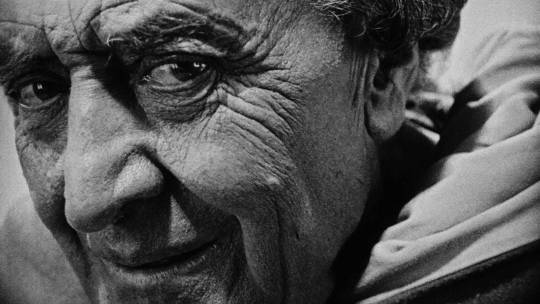

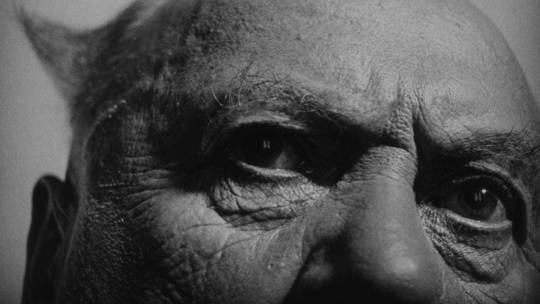
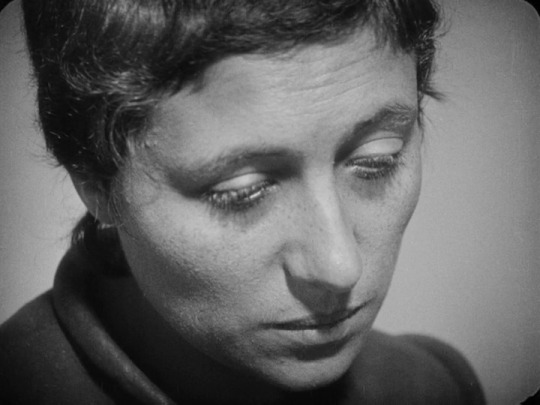
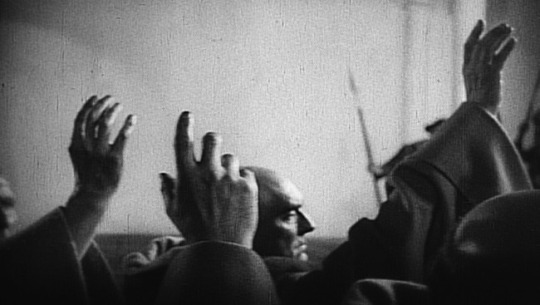
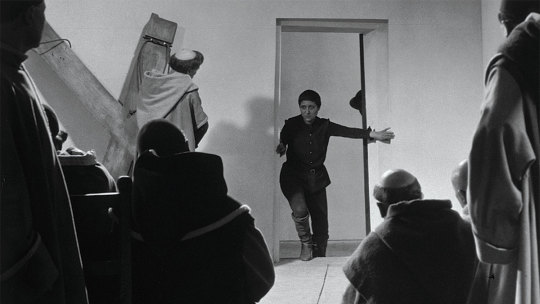
The Passion of Joan of Arc
(1928, Denmark-France, silent, directed by Carl Dreyer)
Carl Dreyer's legendary picture about the martyr Joan of Arc has been cloaked in mystery from the day its production began. French nationalists were concerned that such a controversial project was being carried out on French soil by avant garde (read: non-Catholic) artists. Predictably, censors severely edited the film for its French premiere. Meanwhile, Dreyer's original version was destroyed in a fire. After the director composed an identical second print from remaining elements, a second fire destroyed that print. As the notes in the Criterion DVD version of the film point out, Dreyer's film endured the same fate as Joan herself: judges, scissors, and fire.
Over decades, badly altered and "musically enhanced" versions could be seen in theaters, and Dreyer is said to have been devastated by the sorry state of affairs. He died believing that his greatest work had been lost forever. However, in 1981, someone discovered in an office closet several canisters of film, one of which contained an original print . The office was located in a mental institution in Oslo, Norway.
For almost half a century, the only audiences enjoying an authentic version of this marvelous film were comprised of the mentally ill and their caretakers. Yet there's an uncanny consistency in that fact. Renee Falconetti, the actress who portrays Joan, is said to have never worked in motion pictures again because she was so emotionally spent by the experience (she did suffer some emotional breakdowns during and after production).
Another key player, Antonin Artaud, the Dada-Surrealist wild child, opium fiend, and Theatre of the Absurd founder, was eventually institutionalized (after a short and notorious career) because he was tormented by "voices." All of the bizarre circumstances of the film's history notwithstanding, Dreyer's work remains a landmark example of cinema as art.
Regarding its impact—primarily through a highly stylized conveyance of a real event—Jean Cocteau commented, "It seems like an historical document from an era in which the cinema didn't exist."
Dreyer's achievement is remarkable considering that he abandoned every common cinematic technique that might convey anything approaching reality. Art director Hermann Warm (The Cabinet of Doctor Caligari) found inspiration in the primitive art of illuminated manuscripts, in which perspective is entirely ignored. The result is an Expressionist take on medieval art (a successful convergence of Surrealism and medieval minimalism, one could argue) manifested in one of the most peculiar sets in film history. In this realm, physical structures, light, and angles do not observe geometry, and it is not possible to perceive their scale in relation to the actors.
The "geometry" and rhythm commonly associated with motion pictures are also absent from Dreyer's work. Spatial relationships between actors are seldom consistent, if they can be determined at all. There are no establishing shots as such, and cuts from one player to another do not always match dialogue or action. Most of the shots are close-ups of faces—but what amazing faces they are. Gifted veterans from the French stage are captured in carefully sustained, intricately detailed shots, and the result is unforgettable. Except for a few brief glimpses, almost none of the set is visible.
Dreyer's production notes indicate that he merely wished to employ a set that could immerse his actors in a milieu that might emotionally transport them to the historical setting. That speaks to Dreyer's confidence considering that he was working with gifted set designers at the peak of their talents. Notes also suggest that the disorienting visual style works at "unmooring from the present" the imaginations of viewers.
This method provides a stunning emotional immediacy appropriate to a historical subject. The resulting series of images is also beautiful (that's hardly surprising with cinematographer Rudolph Maté at the helm), and at some point it is uncertain if the film seems like a work of art because we are so disoriented, or if encountering such a deeply satisfying image disorients us. Add to this Renee Falconetti's performance, which utterly defies comparison, and you have a rare motion picture experience.
2 notes
·
View notes
Text
liv ullmann had a fateful encounter with renee falconetti in a dream, and was imparted with her wide-eyed acting performance to continue in the next generation of cinema
1 note
·
View note
Text
On April 8, 2018, The Passion of Joan of Arc was screened at the Beijing International Film Festival.
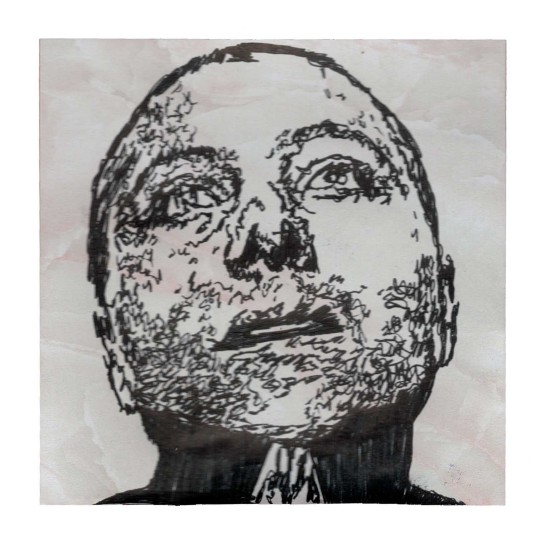
#the passion of joan of arc#la passion de jeanne d'arc#carl theodor dreyer#renee jeanne falconetti#historical film#historical drama#historical epic#war film#movie art#art#drawing#movie history#pop art#modern art#pop surrealism#cult movies#portrait#cult film
3 notes
·
View notes
